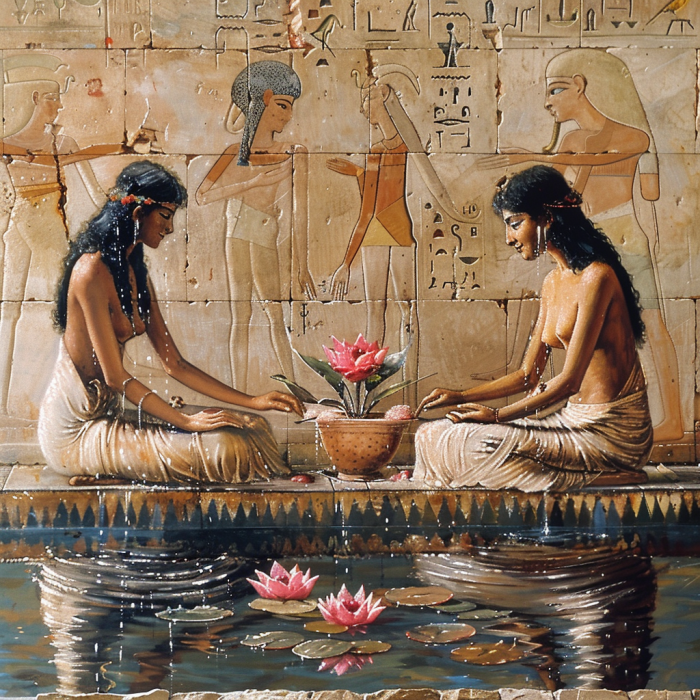Introduction
Water therapy, or hydrotherapy, has a storied history that spans cultures and millennia. Historically revered for its healing properties, water has been used in various forms—from hot springs and cold plunges to steam baths and mineral pools—to treat ailments and enhance well-being. This article traces the evolution of water therapy from its ancient origins to its current practices in the health and wellness industry.
Ancient Beginnings
- Egyptian Bathing Rituals: Records from ancient Egypt as early as 2000 BCE describe the use of baths for both hygiene and religious purification. The Egyptians added essential oils and flowers to their baths, recognizing both therapeutic and spiritual benefits.
- Greek Balneotherapy: The Greeks were among the first to scientifically study the benefits of hydrotherapy. Hippocrates, the father of medicine, prescribed bathing in spring water for sickness and believed in the curative properties of seawater. The Greeks also built elaborate baths in natural springs, which served social, therapeutic, and spiritual functions.
- Roman Thermal Baths: Expanding on Greek practices, the Romans built vast bath complexes throughout their empire. These baths were not only centers for social gathering but also for health treatments. The Romans were pioneers in engineering aqueducts and sewage systems to promote public health through sanitation.
Asian Contributions
- Japanese Onsen: In Japan, the volcanic activity produces many natural hot springs, known as ‘onsen’. These have been used for centuries for their health benefits, particularly in easing joint pain, improving circulation, and promoting skin health.
- Traditional Indian Practices: In ancient India, water was used in Ayurvedic medicine to cleanse the body and mind. Practices included drinking, bathing, and even the use of water in nasal cleansing.
European Spa Culture
- Medieval to Renaissance Europe: By the middle ages, many of Europe’s ancient baths had fallen into disuse, but the Renaissance sparked a revival in the belief of medicinal waters. This led to the development of spa towns—many of which are still operational—around natural springs throughout Europe.
- 19th Century Developments: The 19th century saw the scientific legitimization of hydrotherapy, especially in Germany, with the establishment of hydrotherapy clinics that combined water treatments with emerging medical knowledge.
Modern Hydrotherapy
- 20th Century Innovations: In the modern era, hydrotherapy has been integrated into conventional medical treatments. It now encompasses a wide range of practices such as whirlpool baths, hydro-massage, water aerobics, and physiotherapy techniques in water.
- Contemporary Wellness Movements: Today, hydrotherapy is a staple in spas, wellness centers, and physical therapy clinics worldwide. It is used for relaxation, fitness, and therapeutic purposes, with evidence-based benefits in rehabilitating injuries, treating chronic diseases, and promoting mental health.
Conclusion
From ancient cleansing rituals to sophisticated spa treatments, water therapy has evolved significantly yet continues to be a fundamental part of holistic health practices. Its enduring presence underscores water’s intrinsic healing properties and its universal significance as a source of life and health. As we continue to explore and validate the benefits of hydrotherapy, its role in preventive health and therapeutic care seems set to expand, blending ancient wisdom with modern health care practices.

